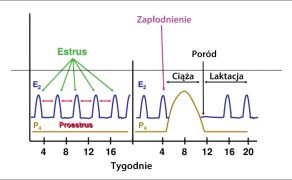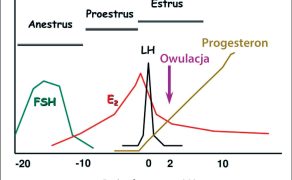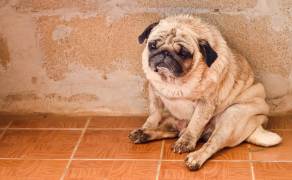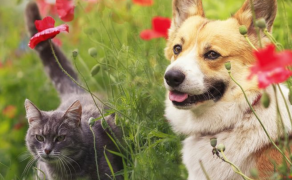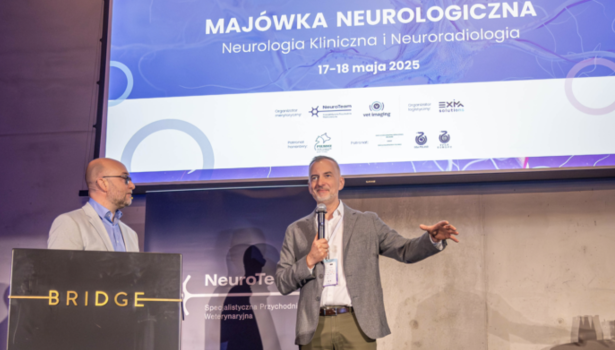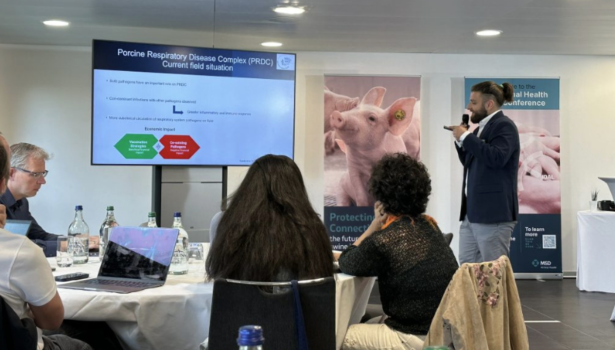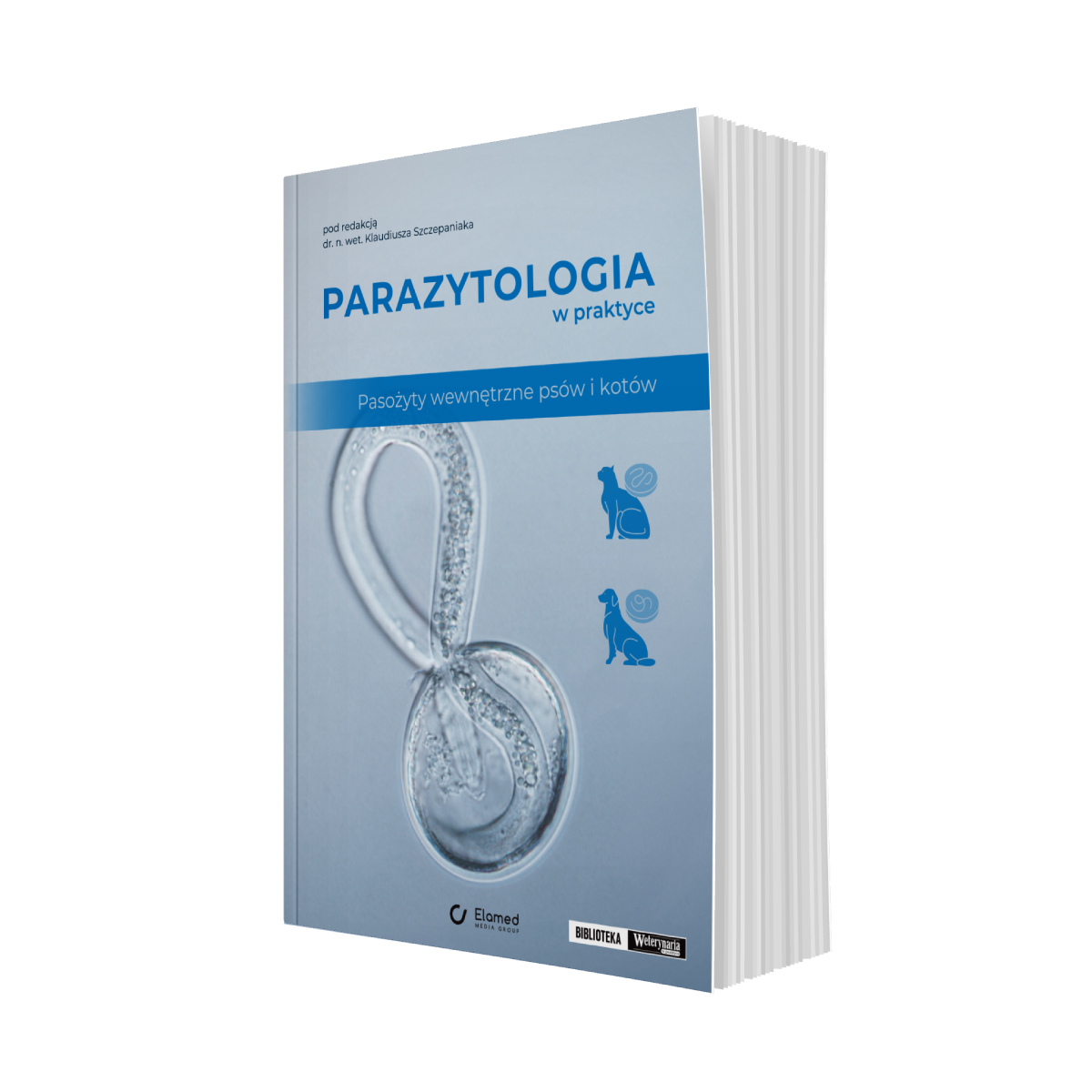Zaburzenia hormonalnej regulacji rozrodu
Piśmiennictwo
- Baranowska E.S., Wiebke A., Idkowiak J.: Monogenic Disorders of Adrenal Steroidogenesis. „Horm Res Paediatr”, 2018, 89, 292-310.
- Brandon P., Reines B.P., Wagner R.A.: Resurrecting FUS: Adrenal Androgens as an Ultimate Cause of Hematuria, Periuria, Pollakuria, Stranguria, Urolithiasis and Obstruction in Neutered Cats. „Front Vet Sci”, 2018, 5, 1-7.
- Bukowska D., Włodarczyk R., Jaśkowski J.M.: Najczęstsze przyczyny zaburzeń płodności psów. Część II. Samice. „Życie Wet”, 2009, 84, 144-147.
- Chatdarong K., Ponglowhapan S., Karlsson A., Linde-Forsberg C.: The effect of ACTH stimulation on cortisol and progesterone concentrations in intact and ovariohysterectomized domestic cats. ”Theriogenology”, 2006, 66, 1482-1487.
- Gultiken N., Yarim M., Yarim G.F., Gacar A., Mason J.I.: Expression of 3β-hydroxysteroid dehydrogenase in ovarian and uterine tissue during diestrus and open cervix cystic endometrial hyperplasia-pyometra in the bitch. ”Theriogenology”, 2016, 86, 572-578.
- Johnson Ch.A.: Thyroid issues in reproduction. „Vet Clin NA:Small Anim Pract”, 2002, 17, 129-132.
- Jurka P., Max A., Trębacz P., Sapierzyński R.: Oestrus-like symptoms in pregnant bitches. „Acta Sci Pol Zootechnica”, 2016, 15, 19-30.
- Max A.: Farmakologiczne sterowanie porodem u małych zwierząt. „Mag Wet”, 2011, 8, 1-5.
- Max A.: Fotoperiod i melatonina w rozrodzie ssaków: gryzonie, króliki, koty. ”Życie Wet”, 2015, 90, 35-38.
- Moore A.M., Coolen L.M., Lehman M.N.: In vivo imaging of the GnRH pulse generator reveals a temporal order of neuronal activation and synchronization during each pulse. „PNAS”, 2022, 119, 1-12.
- Morrow L.D., Gruffydd-Jones T.J., Skillings E., Welsh C.P., Murray J.K.: Field study assessing the performance of a patient-side blood test to determine neuter status in female cats based on detection of luteinising hormone. „J Feline Med Surg”, 2019, 21, 553-558.
- Niaz K., Maqbool F., Fazlullah Khan F. et al.: Comparative occurrence of diabetes in canine, feline, and few wild animals and their association with pancreatic diseases and ketoacidosis with therapeutic approach. ”Vet World”, 2018, 11, 410-422.
- Ozawa H.: Kisspeptin neurons as an integration center of reproductive regulation: Observation of reproductive function based on a new concept of reproductive regulatory nervous system. ”Reprod Med Biol”, 2022, 21, 1-9.
- Siemieniuch M.: Fizjologia cyklu rujowego u samicy kota domowego. „Weterynaria”, 2013, 1, 1-6.
- Tibold A., Thuróczy J.: Progesterone, oestradiol, FSH and LH concentrations in serum of progesterone-treated pregnant bitches with suspected luteal insufficiency. „Reprod Dom Anim”, 2009, 2, 129-132.
- Verhage H.G., Beamer N.B., Brenner R.M.: Plasma levels of estradiol and progesterone in the cat during polyestrus, pregnancy and pseudopregnancy. „Biol Reprod”, 1976, 14, 579-585.
- Wilbourn R.R., Maxwell H.S.: Clinical approaches to infertility in the bitch. „Vet Clin NA:Small Anim Pract”, 2012, 42, 457-468.
prof. dr hab. Krystyna Pierzchała-Koziec
Katedra Fizjologii i Endokrynologii Zwierząt
Wydział Hodowli i Biologii Zwierząt
Uniwersytet Rolniczy w Krakowie
Al. Mickiewicza 24/28 30-059 Kraków
e-mail: rzkoziec@cyf-kr.edu.pl
Galeria
Mogą zainteresować Cię również
111
ALGORYTMY
POSTĘPOWANIA
w weterynarii
POSTĘPOWANIA
w weterynarii


